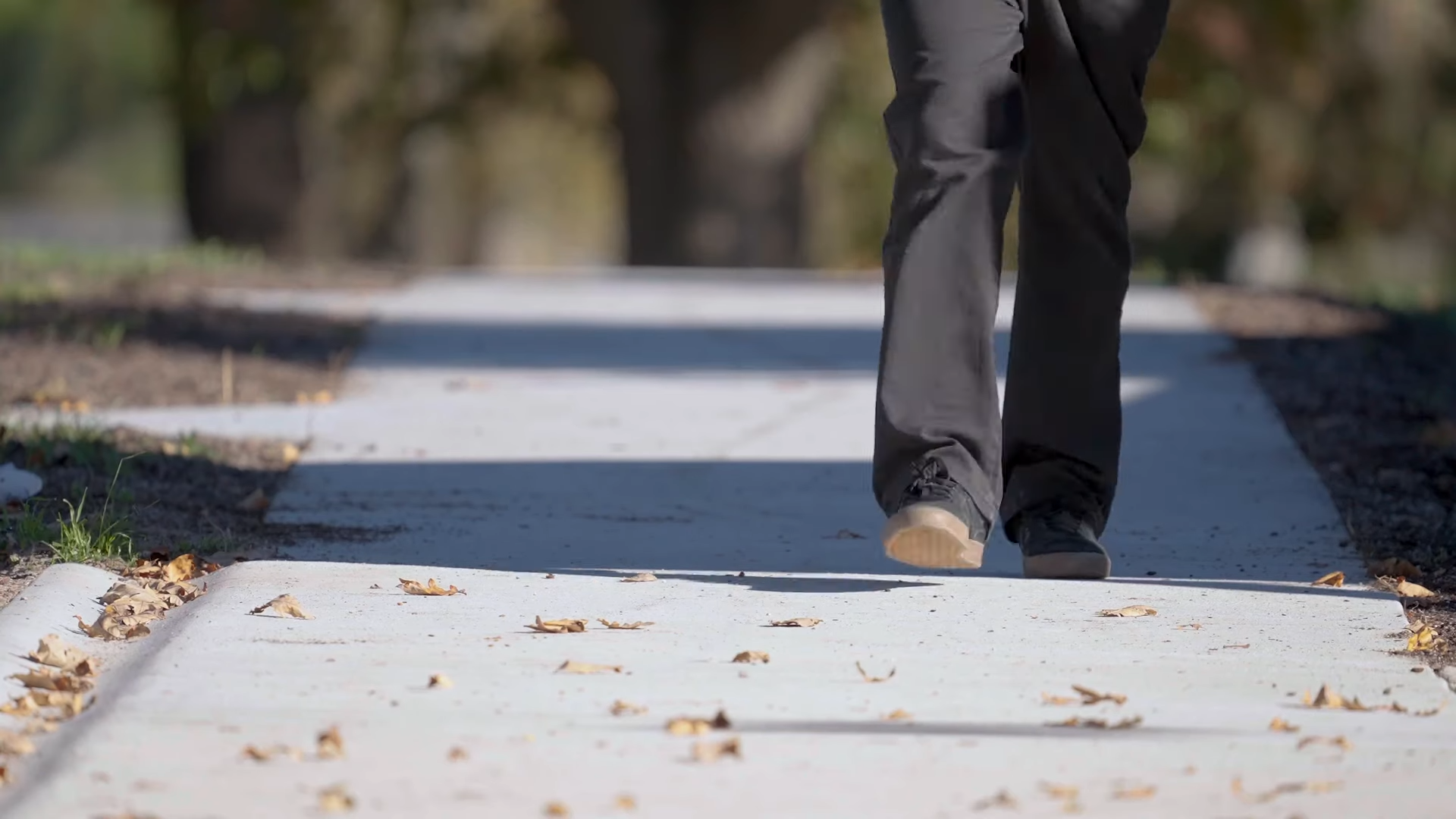Researchers Made Crack-Resistant Concrete Using Fibers From Cheap Carpet Scraps
Concrete is a foundational material in construction, but it can encounter a costly problem: cracking. Engineers have been looking for ways to make stronger, more durable concrete, and researchers in Australia may have discovered an innovative solution that repurposes waste carpet fibers into crack-resistant concrete.
Dr. Chamila Gunasekara from RMIT University is leading the research team. So far, they've discovered that adding waste carpet fibers to concrete can reduce early-age shrinkage cracking by up to 30 percent.
This crack-resistant concrete would address a significant financial burden for construction companies, as Australia currently spends around AUD 8 billion annually on repairing cracked concrete structures. In the U.S., that cost reaches USD 76 billion per year.
Using carpet fibers also increased the concrete's tensile strength by 40 percent, meaning it can withstand more stretching and pressure without cracking. Further, it helps make for a more sustainable concrete, as it takes waste product and repurposes it into another product altogether.

The team is currently conducting field tests to observe how the crack-resistant concrete performs in real-world conditions. We've already seen similar tests with coffee-reinforced concrete, and this could be the start of a new generation of concrete that sets a whole different standard for construction.
The research was conducted in collaboration with Textile Recyclers Australia, Godfrey Hirst, and local councils in Victoria. It is funded by initiatives like the ARC Industrial Transformation Research Hub, aiming to create sustainable building materials from reclaimed waste.
The project has far-reaching environmental implications. Most textile waste is either burned, releasing toxic gases, or dumped in landfills, where it takes years to rot and decompose. Repurposing waste carpet fibers for construction not only reduces this waste but also prevents harmful emissions from textile disposal.
In addition to carpets, the team is testing other discarded fabrics, including firefighting uniforms, which are typically difficult to recycle. The researchers believe up to 70 percent of textile waste could potentially be transformed into concrete-reinforcing fibers, creating new opportunities in the materials supply chain.
